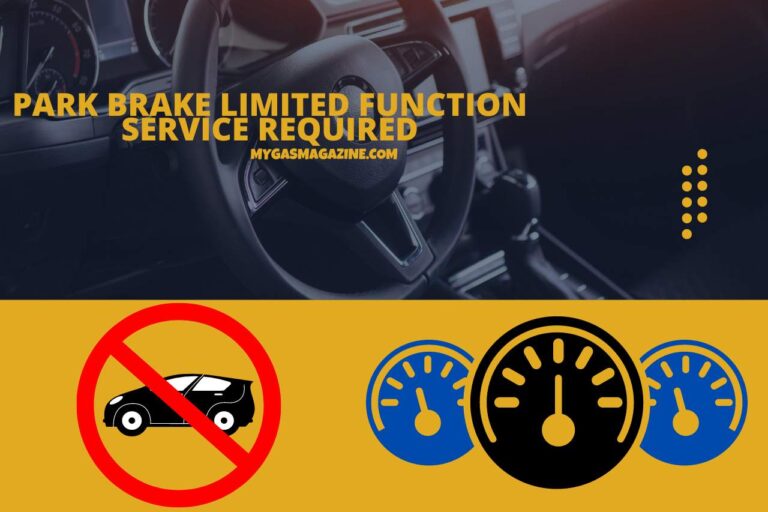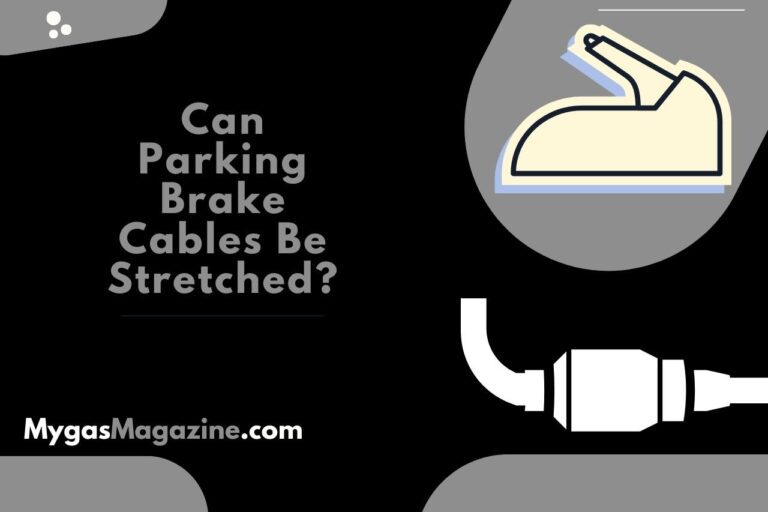How Long Does Brake Bleeding Take? Can You Speed It Up?
Brake bleeding is a crucial maintenance task that involves removing air bubbles from the brake lines to restore proper brake performance. But how long does this process of brake bleeding take?
In this article, we discuss the ins and outs of brake bleeding, including how long it typically takes, factors that can affect the time needed, and whether it’s a job you can tackle yourself or if you should leave it to the professionals.
What is the Process of Brake Bleeding?
Brake bleeding is the process of removing air bubbles from the brake system to maintain proper brake performance. The mechanic will locate the bleeder valves on each brake caliper or wheel cylinder and attach the hose to the valve, leading to a container to catch the old fluid.
They will then open the bleeder valve, have an assistant pump the brake pedal, and close the valve to expel air and old fluid. This process is repeated for each wheel, starting from the farthest wheel from the master cylinder.
The mechanic will ensure the brake fluid reservoir is topped up and the bleeder valves are securely closed. Finally, they will test the brakes to ensure they are firm and responsive.
How Long Does Brake Bleeding Take?
Brake bleeding typically takes around 30 minutes to 1 hour to complete. On average, bleeding each wheel can take anywhere from 10 to 15 minutes per wheel. However, this time can vary based on the specific vehicle and the condition of the brake system.
Here is a comprehensive breakdown of the time for brake bleeding. Note that these are estimates and the exact time will slightly vary.
- Preparation: This involves gathering tools, preparing the vehicle, and locating the bleeder valves. It usually takes about 5 to 10 minutes.
- Bleeding Each Wheel: Bleeding each wheel can take around 10 to 15 minutes per wheel. This includes attaching the hose, opening the bleeder valve, pumping the brake pedal, and closing the valve.
- Checking and Topping Up Brake Fluid: Throughout the process, you’ll need to check the brake fluid level and top it up as needed. This can add an extra 5 to 10 minutes to the overall process.
- Testing the Brakes: Once you’ve completed bleeding all the wheels, you’ll need to test the brakes to ensure they’re firm and responsive. This typically takes about 5 minutes.
Can You Speed Up the Time for Brake Bleeding?
Yes, there are several ways you can speed up the time for brake bleeding.
- Power Bleeder: Using a power bleeder can significantly reduce the time needed to bleed brakes. It can cut the time per wheel to around 5 to 7 minutes, saving about 5 to 8 minutes per wheel compared to traditional methods.
- Two-Person Bleeding: This method can save time by allowing you to bleed the brakes more quickly with the help of a helper. It can reduce the time per wheel to around 8 to 10 minutes, saving about 2 to 5 minutes per wheel compared to doing it alone.
- Gravity Bleeding: Gravity bleeding is a slower process and can take longer than other methods. It can take around 15 to 20 minutes per wheel, which is slower than other methods but requires less effort.
- Pressure Bleeding: Pressure bleeding can be faster than traditional methods and can reduce the time per wheel to around 5 to 7 minutes, saving about 5 to 8 minutes per wheel compared to traditional methods.
Is Brake Bleeding a DIY Job or Should You Hire a Professional?
Brake bleeding can be a DIY job for those with the necessary tools, skills, and confidence. Actually, we would say it is more or less the same for most vehicle repairs.
However, if you’re unsure about the process, it’s best to hire a professional mechanic as brake systems are critical for vehicle safety, and any mistakes during the bleeding process can lead to brake failure and serious accidents.
In that sense, we will highly recommend opting for mechanic help when dealing with brake-related services in your vehicle. So, it’s better to be safe than sorry when it comes to your vehicle’s brakes.
FAQ
How Do You Know When Your Brakes Are Done Bleeding?
You will know your brakes are done bleeding when you see clear, bubble-free brake fluid coming out of the bleeder valve. Additionally, the brake pedal should feel firm and responsive when pressed compared to how it was before bleeding.
To ensure that all air is removed from the brake system, you can perform a final check by having someone press the brake pedal while you inspect the bleeder valve for any signs of air bubbles.
Do I Need to Bleed All 4 Brakes?
Yes, it is generally recommended to bleed all four brakes when performing a brake bleeding procedure. While it may not be mandatory in all cases, bleeding all four brakes ensures that any air trapped in the brake lines is removed from the entire system.
How many people does it take to bleed brakes?
Usually, bleeding brakes typically require at least two people: one to operate the brake pedal and one to open and close the bleeder valve. However, there are methods and tools available that allow for a single-person bleeding process.
For example, a brake bleeder kit with a one-way valve can be used to allow the brake pedal to be pumped without needing someone to operate it manually.
You May Also Like
- Brake Pedal Soft After Bleeding? [Causes and Fixes]
- How to Bleed Drum Brakes?
- Do You Have to Bleed Brakes After Changing Pads?


Meet Lakith, the driving force behind MyGasMagazine.com. A seasoned mechanic with over 7 years of hands-on experience in our family-run Gas Mag Garage, Lakith combines his technical expertise with a deep passion for cars. His journey in the automotive world began alongside his father, learning the intricacies of car repair and maintenance. Today, as the founder of MyGasMagazine.com, Lakith shares his wealth of knowledge, offering readers a unique blend of practical advice, industry insights, and engaging stories from the vibrant car culture of Sri Lanka.








One Comment
Comments are closed.